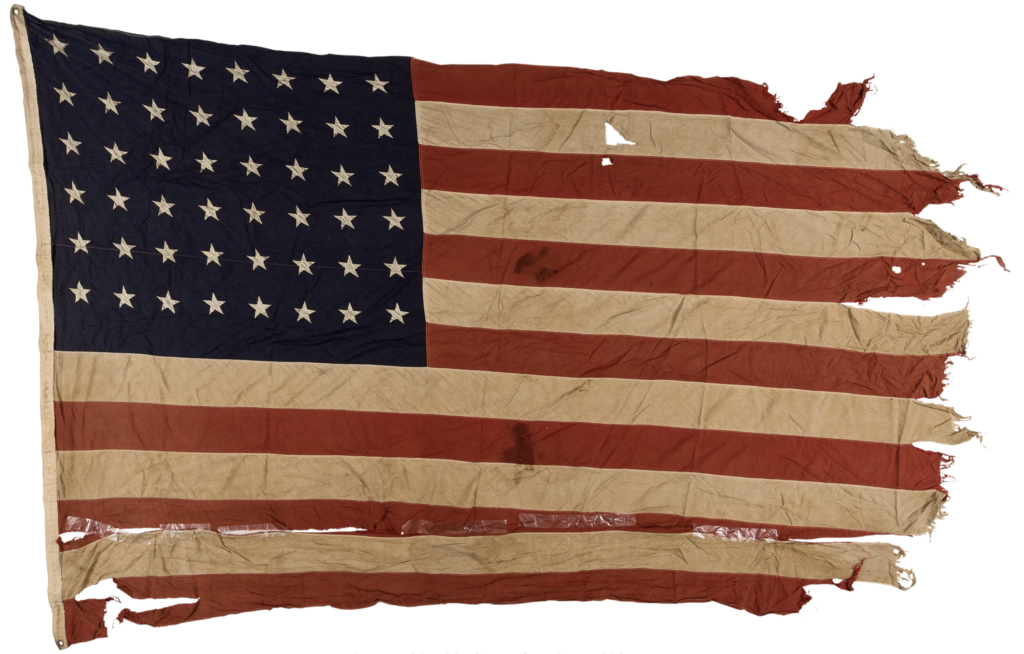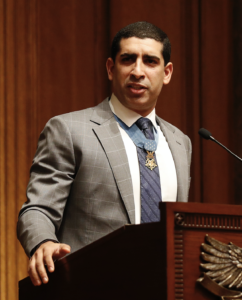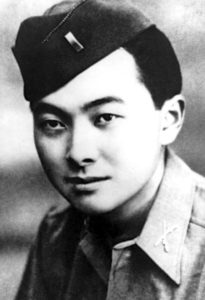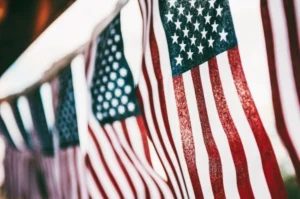When we think of the December 7, 1941 surprise attack by Japanese Navy planes on American ships at Pearl Harbor, most people can recall the names of the proud battleships sunk or damaged. On that fateful morning, another less celebrated U.S. Navy ship at anchor also faced the Japanese aerial onslaught: the repair ship USS Vestal (AR-4). That Sunday morning, the Vestal was moored alongside the USS Arizona (BB-39) on Battleship Row. With Japanese dive and torpedo bombers swarming over the harbor, the Vestal went to general quarters and began firing with all of its available guns.

Two aerial bombs intended for the more valuable USS Arizona struck the Vestal, causing significant damage on the decks below. Even more threatening, additional bombs struck the Arizona, causing secondary explosions that further imperiled the repair ship. One bomb, which hit the Arizona at 8:10 am, blew all the officers and sailors who were topside on the Vestal into the waters below. One of those blown overboard was the ship’s captain, Commander Cassin Young. Young recovered in the water below and then swam back through the oily waters to his damaged ship. Coming aboard, Young countermanded an order to abandon ship and ordered that steam be raised so that the Vestal could maneuver to safer waters. With the help of a nearby tug, the listing Vestal was underway at 9:50 am and managed to beach itself on Aiea Shoal, no doubt saving the lives of many of its wounded crew. Thanks to the swift actions of Cassin Young and his crew, the USS Vestal would survive and go on to proudly earn two battle stars for its actions repairing American warships across the Pacific theater.
For his brave and redoubtable actions that morning, Commander Cassin Young would receive the Medal of Honor from Admiral Chester Nimitz, who presented the medal to Young on April 18, 1942, aboard the repaired Vestal. Young would become one of 15 Americans to receive the nation’s highest honor for actions during the attack on Hawaii. Read Cassin Young’s Medal of Honor citation here.
One of the National Medal of Honor Museum’s prized artifacts is a naval ensign that flew from the USS Vestal during World War II. It’s not hard to imagine seeing this weather-worn flag flying from the Vestal as it served in contested waters from the South Pacific to Okinawa.




